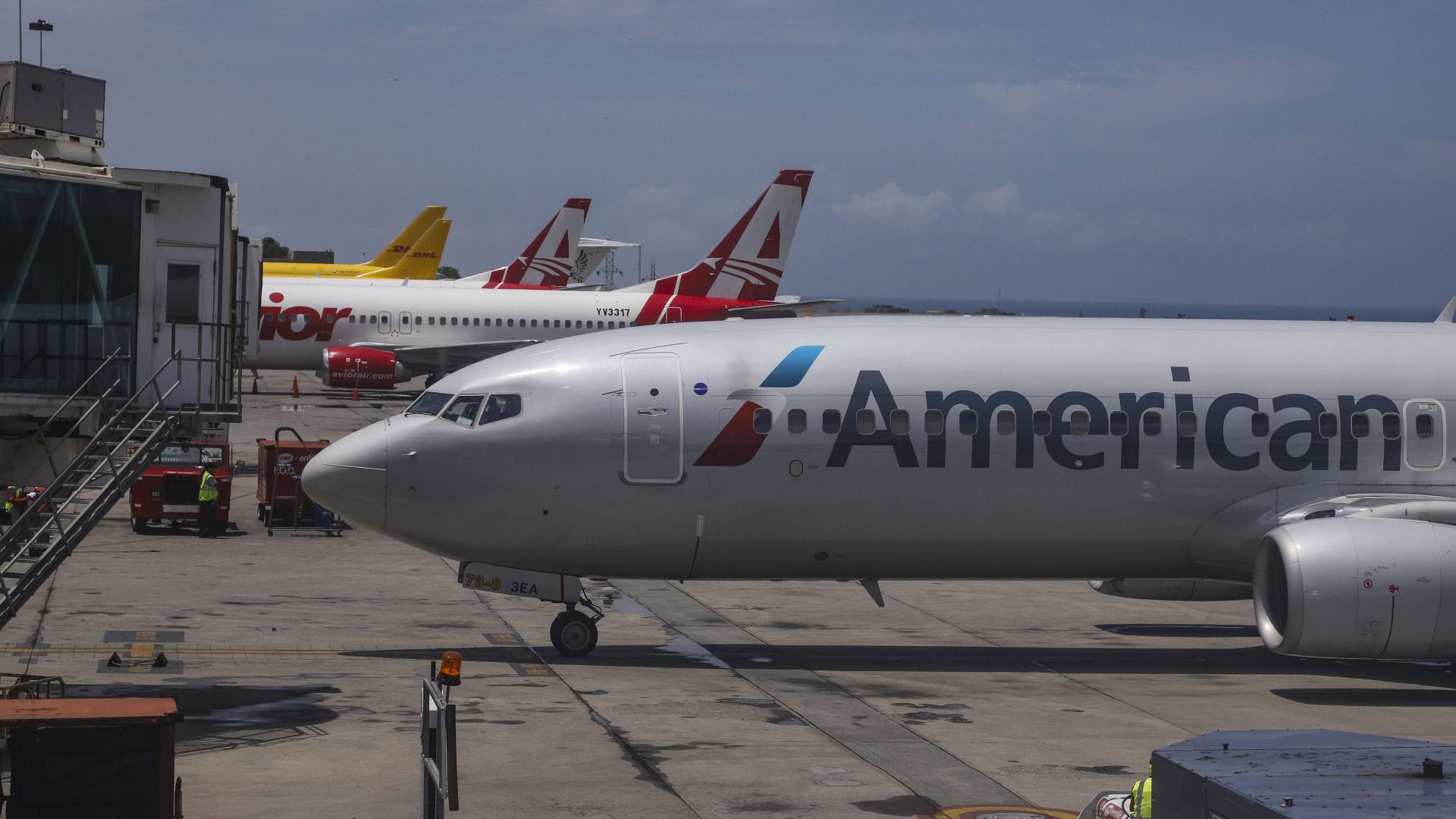

In events such as the two tragic crashes of Boeing 737 Max aircraft, authorities that manage the national aviation industry are eager to find culpability. Boeing, however, took the time to dig its hole a little deeper with a media release issued over the weekend. In the statement meant to manage the fallout, Boeing stated that it detected an issue in the 737 Max’s software back in 2017, but after an internal vetting process, the aircraft was of acceptable flight worthiness.
According to the statement, “When the discrepancy between the requirements and the software was identified, Boeing followed its standard process for determining the appropriate resolution of such issues. That review, which involved multiple company subject matter experts, determined that the absence of the [warning] alert did not adversely impact airplane safety or operation.” However, complaints of shoddy manufacturing, near-misses only a handful of days before one fatal crash, and conflicting information and safety precautions made by Boeing itself, have led many to question Boeing’s side of the story.
The statement later went on to say that the week following the fatal Lion Air crash, Boeing “issued an Operations Manual Bulletin, which was followed a day later by the FAA’s issuance of an Airworthiness Directive.” The two statements, made to aircraft customers, were intended to make it known that an optional piece of software was available to help better ensure aircraft safety. Boeing went on to reiterate that when it made the discovery of the faulty software in 2017, it did not warrant any recall after a thorough review. However, it’s following statement doesn’t mesh with that narrative.
Immediately following the company’s reiteration that it did not merit action in 2017, Boeing confirmed that it was brought up again in 2018 and a Safety Review Board (SRB) was convened to “consider again whether the absence of the [safety] alert from certain 737 Max flight displays presented a safety issue.” According to Boeing’s statement, “The SRB confirmed Boeing’s prior conclusion that it did not.” Our question, and likely the question on many FAA investigators and those in the public following this story, is if there was no potential safety issues or inherent dangers, why review the issue a year later? If the issue was deemed to not affect airworthiness, why was there an SRB convened at all?
The Boeing 737 Max was the company’s best-selling aircraft in its history. But since the last crash, the world’s 737 Max fleet has been grounded. Boeing has made strides to retroactively make the faulty planes safe once again and test flights have been completed in order to achieve F.A.A. recertification. Nevertheless, the ongoing investigations have made it difficult for the public and authorities to trust Boeing’s word on safety. Recently, The New York Times reported that Boeing’s Charleston plant also had a multitude of safety issues filed, but that the plant’s managers disregarded. Likewise, statements like the one made over the weekend that all-but admit to Boeing’s negligence aren’t doing the company any favors. Until the F.A.A. signs off on the 737 Max and completes its investigation, the aircraft will remain grounded.